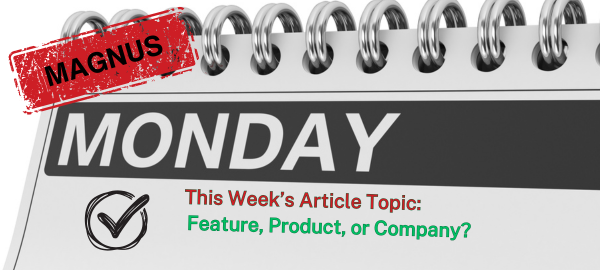When I joined Ardent Partners a year ago, my very first article was about the proliferation of procurement solutions. My experience at the DPW conference and, perhaps to a lesser extent, SAP Spend Connect, really highlighted this topic. So, today I’m going to revisit it.
DPW featured 120 sponsors across everything from full S2P suites to small niche startups, with the latter group clearly being in the majority. And even though DPW has become a major showcase for these startups, there are even more out there. There is a much greater drive to start new procurement technology companies than ever before, with startups in both established areas (such as spend analytics and S2C) as well as in newer areas (such as sustainability and IM&PPO). But from my perspective, many of these providers will not make it.
In the case of some of the more mature markets, it’s hard to differentiate and make a compelling case against why a procurement organization shouldn’t pick a more established solution provider. But on the other hand, ScoutRFP was pretty successful in an established market, so it’s not impossible to flourish.
In other cases, the problem is whether it’s a feature, a product, or a company? In some cases, I feel that the market isn’t really big enough or that the product might be better as a feature in another solution. There are tons of good ideas out there that solve real problems, but it might not be enough to serve as the basis for an independent company. Even if there are enough features to call it a product, there might not be enough to make it a company (i.e., no real business model that works).
If we go back to DPW and its sponsors, there are a number of areas that I find interesting from this perspective. Let’s have a look.
AI Everywhere
It seems that AI, and generative AI in particular, on its own is enough to create a company these days. “We use AI to manage your P2P/contract/supplier process”-type messages are everywhere, but I’m afraid that’s not enough. The specific problem being solved that no one else is solving is more interesting than simply using AI in the solution.
When it comes to generative AI (or some evolution of it), I’m sure it will at some point in the future have a significant impact on how we work. But so far, I’m not impressed by the use cases. Everyone is talking about the possibilities. But there are very few impactful use cases today (so far, providing summaries of various documents seems to be the most useful).
So, AI and GenAI are not products or companies (not in the procurement technology world at least). AI and GenAI can produce great features that make a product even better, which, in turn, might be enough to create a great company.
Intake Management and Procurement Process Orchestration (IM&PPO)
A lot of companies have jumped on the IM&PPO train and are trying to ride the hype. The question is whether this is a market in and of itself? I think it can be, but not for all. For the S2P players, it’s natural to add intake management to improve the user experience and it should be fairly straightforward. The question is how well they can actually support self-service no-code workflow creation, especially when the workflows get complicated.
On the orchestration side, it’s a little bit different. How much does an S2P provider want to support ease of use of other solutions when they are selling a similar solution themselves? Not to mention that just standard integration has been a major concern for customers for years. It will be interesting to see how well S2P providers’ IM&PPO offerings compare to the more specialized options.
The latest funding round of Zip proves that at least the investors believe in the IM&PPO market. But that said, Zip has been building out beyond just IM&PPO and it’s likely they will continue to do so with its new financing.
Sustainability
Sustainability has been climbing the list of priorities for CPOs for years. Couple that with new regulations around CO2 and other emissions and there is an opportunity for technology providers. The problem is that regulations are still evolving — what exactly we are supposed to measure and how it’s supposed to measured still not 100% clear. Another problem is that even if CPOs and companies say that sustainability is a priority, it doesn’t always transfer into actual action.
Yes, there are regulations in Europe and some other places that require organizations to be able to report on CO2, but I don’t think we’ve seen the final version of these regulations yet. Even if we have, do we need separate solutions for it, or will it be another analytics use case or part of a broader solution?
Survival of the Fittest
As always, there are risks associated with startups. Some of the companies focused on the areas above (and other areas, for that matter) will not make it. Some will be acquired and live on as parts of broader solutions. Others will just go out of business, while others will survive and expand (like Zip) to adjacent areas. So, if you are considering investing in these types of solutions, think carefully about whether it’s a feature, product, or company and plan accordingly!
As always, Ardent Partners is here to help!


